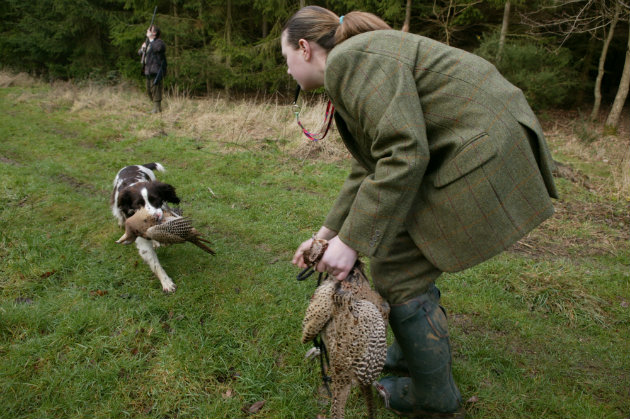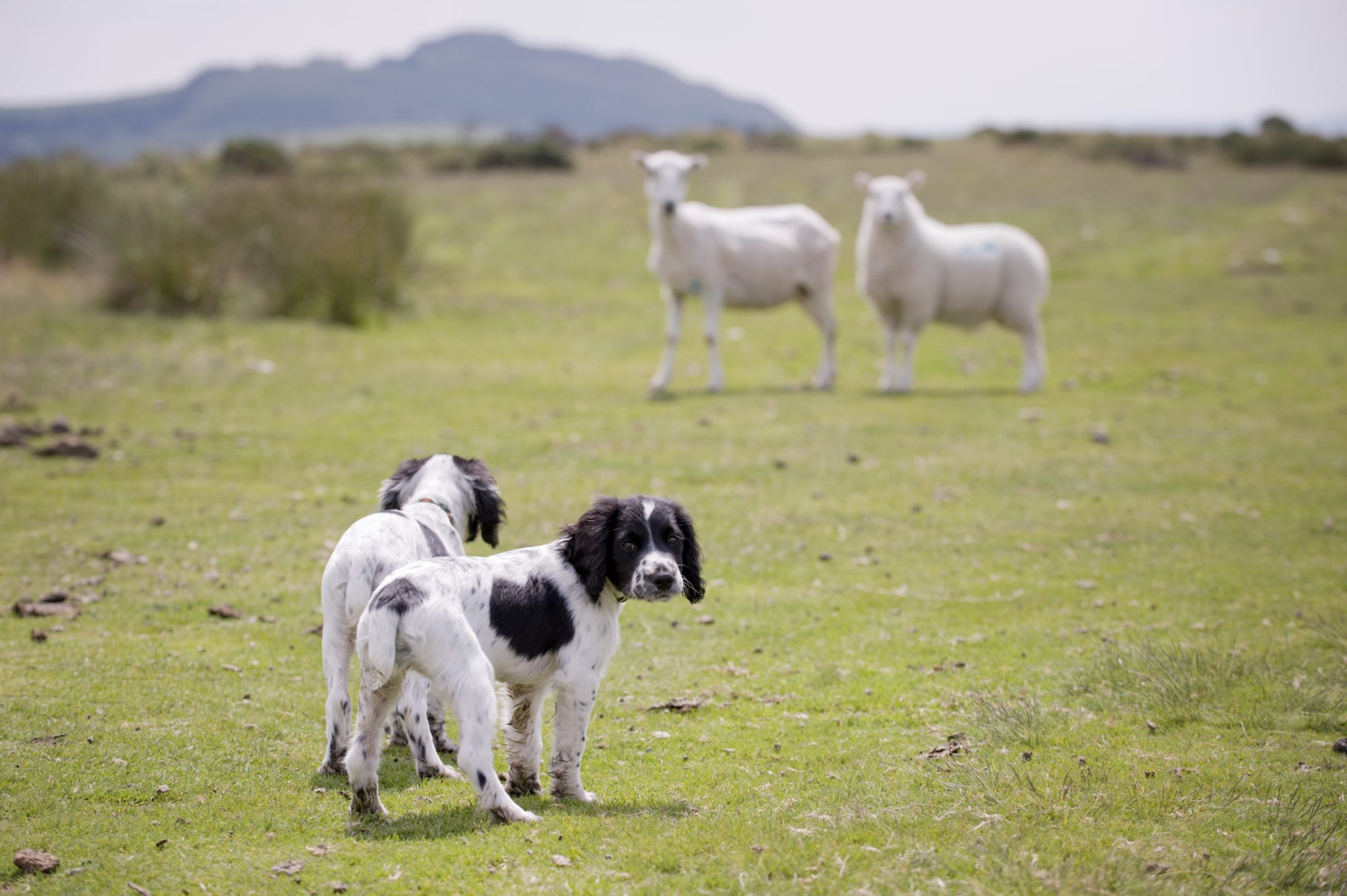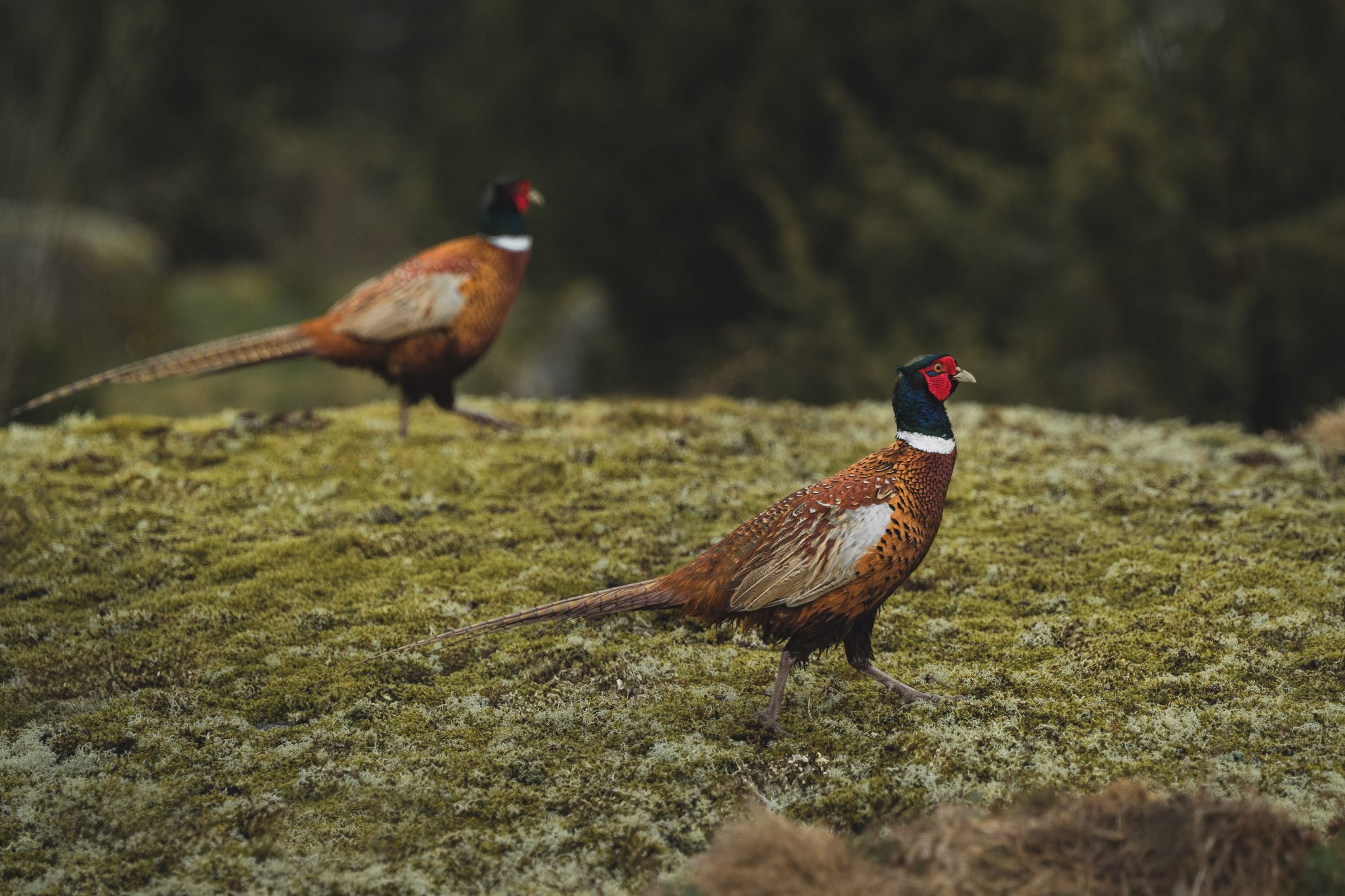Win CENS ProFlex DX5 earplugs worth £1,149 – enter here
Gundog training: How to use the stop whistle
Gundog training: I am training my new dog and want to get her used to the stop whistle. Some people say you can make dogs hesitant if you get too hung up on it. What do you suggest?

To me, the stop whistle is an absolutely essential part of gundog training – in fact it should be an essential part of training any dog. Driving a car without brakes is unthinkable and trying to control a dog you can’t stop is also problematic!
Some people express concerns about overdoing the stop command and as with any aspect of training, it must not be undertaken excessively (even though difficulties may be encountered).
The reason for this is because intelligent dogs start to develop issues when there is constant repetition of one particular stage of training – and then it becomes counter-productive. The harder you try to correct or instil a command because the dog is having a problem with it, the harder it is to teach.
Learn to look up
I have seen some very harsh approaches used to achieve the “stop”. They aren’t needed if you tackle it properly. Our youngsters are attentive to the whistle at all times and from a very young age. Even when being allowed loose exercise they learn to look up at the sound of a pip on the whistle.
Positive “sit” command
I will “pip”, hold up a hand when they are just a few yards away, then give a prolonged but positive “sit” command and they soon learn what’s wanted. Once sitting I approach the youngster, praise it and then let it carry on. As the pup develops and we gain a closer bond through training I continue this so I can get a “stop and sit” at a good distance from me.
Do not be heavy-handed
Suddenly bringing in a heavy-handed attitude to teaching an enthusiastic youngster to stop on a sixpence umpteen yards away from you – and repeatedly doing this – can instil hesitancy in other parts of your training. You may find a dog will start to automatically stop when being sent away on a retrieve because he is anticipating your command.
Related Articles
Get the latest news delivered direct to your door
Subscribe to Shooting Times & Country
Discover the ultimate companion for field sports enthusiasts with Shooting Times & Country Magazine, the UK’s leading weekly publication that has been at the forefront of shooting culture since 1882. Subscribers gain access to expert tips, comprehensive gear reviews, seasonal advice and a vibrant community of like-minded shooters.
Save on shop price when you subscribe with weekly issues featuring in-depth articles on gundog training, exclusive member offers and access to the digital back issue library. A Shooting Times & Country subscription is more than a magazine, don’t just read about the countryside; immerse yourself in its most authoritative and engaging publication.







